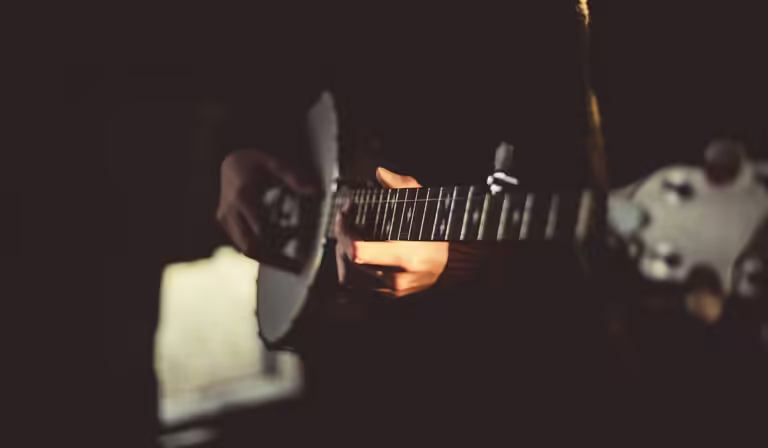Tips on How to Take Care of Your Banjo (Detailed Guide)
Taking care of your banjo instrument is crucial to ensure its longevity and optimal performance. Proper maintenance not only helps preserve the quality of sound but also prevents costly repairs in the long run. By following a few simple tips and routines, you can keep your banjo in top condition and enjoy playing beautiful music for years to come.
Table of Contents
Cleaning & Polishing
Regularly cleaning your banjo is essential to prevent the accumulation of dirt and grime, which can affect the sound quality and overall condition of the instrument. To clean and polish your banjo, use a soft cloth to wipe down the strings, fretboard, and body. Avoid harsh chemicals and opt for specialized cleaning products designed for musical instruments to maintain the finish and integrity of your banjo.
Additionally, consider using a fretboard conditioner to keep the wood hydrated and prevent drying out. This will help maintain the playability and tone of your banjo over time. Regular cleaning and polishing will not only keep your banjo looking great but also ensure that it sounds its best every time you play.
Tuning & Restringing
Proper tuning is crucial for achieving the best sound quality from your banjo. Regularly tuning your instrument ensures that it stays in pitch and produces clear, harmonious tones. When tuning your banjo, use a chromatic tuner to adjust the pitch of each string to the correct notes.
For restringing, follow the manufacturer’s guidelines and consider replacing the strings every 3-6 months, depending on the frequency of use. Restringing your banjo regularly will help maintain the tone and playability of the instrument, ensuring that it continues to sound its best with each performance.
Storage & Humidity Control
Proper storage is essential to prevent damage to your banjo. Store your instrument in a sturdy case or on a stand, away from direct sunlight, extreme temperatures, and high humidity levels. To maintain the condition of your banjo, store it in a protective case or on a stand when not in use.
Use a humidifier or dehumidifier to control humidity levels and prevent warping or cracking of the wood. Keeping your banjo in a stable environment will help preserve its structural integrity and prevent damage that could affect its sound and playability.
Maintenance & Repairs
Regular maintenance is key to preventing minor issues from escalating into major problems. Inspect your banjo regularly for signs of wear and tear, and address any issues promptly to avoid costly repairs down the line. If you encounter issues that require professional attention, seek help from a qualified instrument technician or luthier.
They have the expertise and tools to diagnose and fix complex issues effectively. By staying proactive with maintenance and repairs, you can keep your banjo in top condition and avoid any interruptions to your playing experience.
Final Thoughts
Taking care of your banjo instrument is essential to preserve its quality and longevity. By following the tips provided in this article, you can ensure that your banjo remains in top condition and continues to produce beautiful music for years to come. I encourage you to incorporate these maintenance practices into your regular routine to keep your banjo in optimal condition and enjoy playing music with a well-maintained instrument.
FAQ
1. How can proper maintenance extend the lifespan of my banjo?
Regular maintenance routines such as cleaning, tuning, proper storage, and prompt issue addressing can significantly extend the lifespan of your banjo.
2. Why is cleaning and polishing important for my banjo instrument?
Regularly cleaning and polishing your banjo is essential to prevent the accumulation of dirt and grime, which can affect the sound quality and overall condition of the instrument.
3. How often should I restring my banjo and why?
It is recommended to restring your banjo every 3-6 months, depending on the frequency of use. Restringing regularly helps maintain the tone and playability of the instrument.
4. What should I do to prevent damage to my banjo during storage?
To prevent damage to your banjo during storage, store it in a sturdy case or on a stand, away from direct sunlight, extreme temperatures, and high humidity levels. Use a humidifier or dehumidifier to control humidity levels and prevent warping or cracking of the wood.

